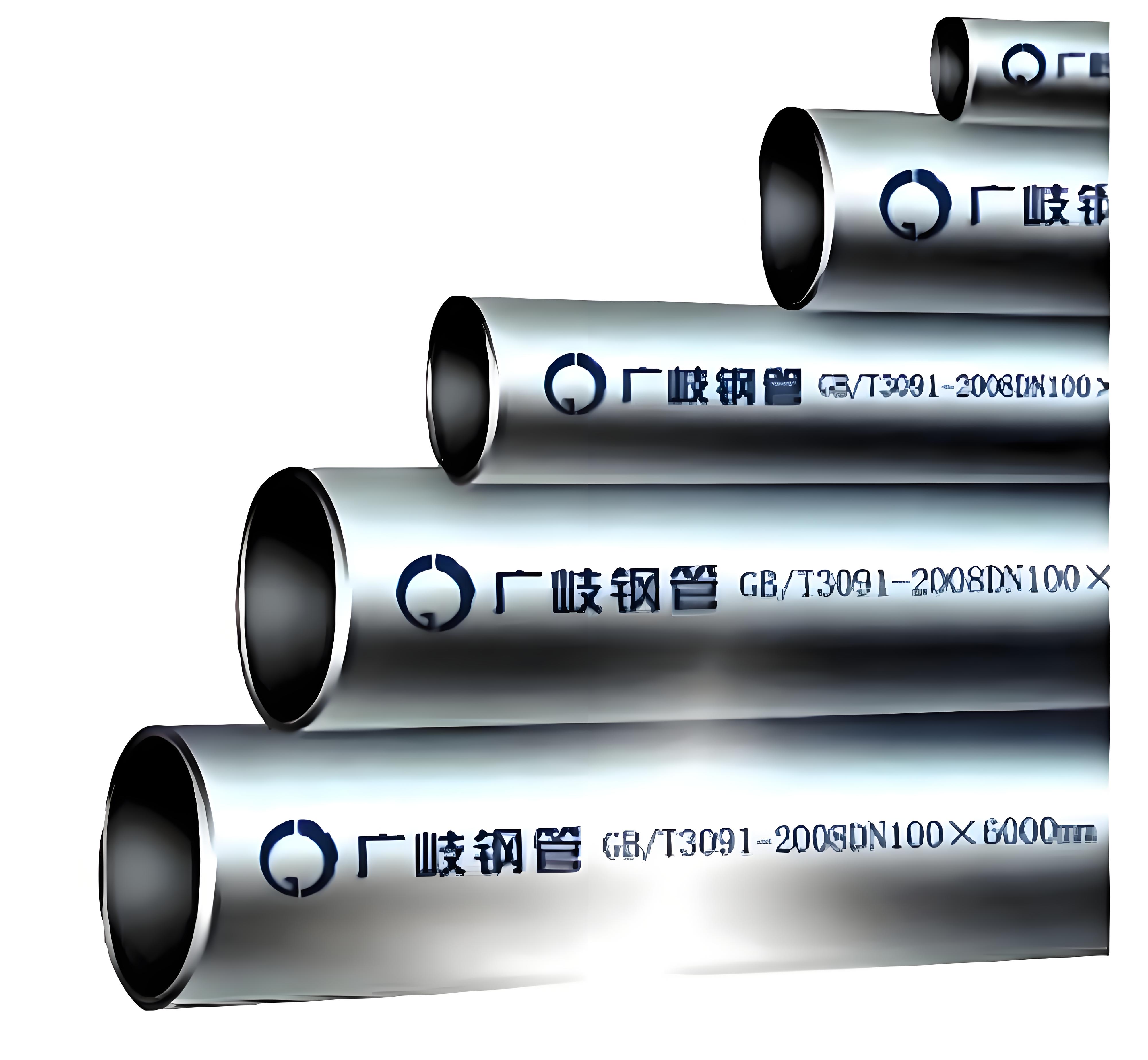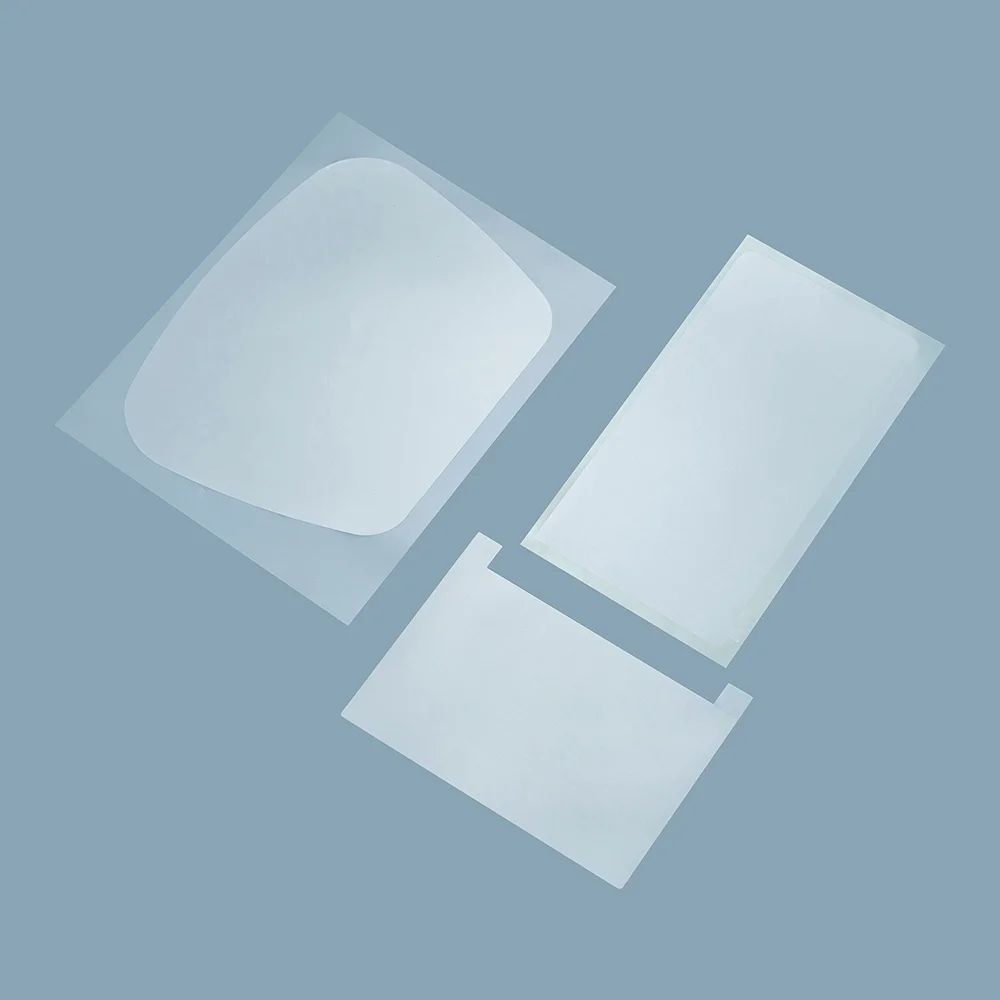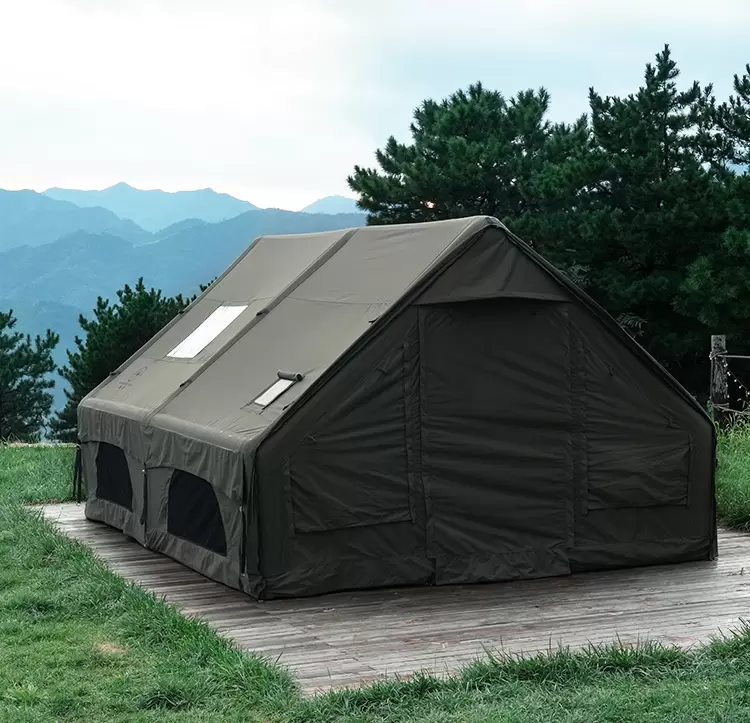Unveiling the Pinnacle of Thermal Protection: The Most Heat Resistant Insulation Materials
In an era where energy efficiency and safety are paramount, the quest for the most heat resistant insulation materials has become increasingly critical across various industries. Whether in construction, aerospace, automotive, or manufacturing, the ability to withstand extreme temperatures while providing effective thermal management is essential. This article delves into the most advanced heat resistant insulation options available today, exploring their properties, applications, and benefits.
Understanding Heat Resistance in Insulation
Before we dive into specific materials, it’s essential to understand what heat resistance means in the context of insulation. Heat resistance refers to a material's ability to withstand high temperatures without degrading or losing its insulating properties. This is quantified by the material's thermal conductivity, specific heat capacity, and maximum service temperature. The ideal heat resistant insulation not only minimizes heat transfer but also maintains structural integrity under extreme conditions.
Top Heat Resistant Insulation Materials
- Aerogel Insulation
- Properties: Aerogels are among the lightest solid materials known, with an extremely low thermal conductivity (as low as 0.013 W/m·K). They can withstand temperatures up to 1,200°C (2,192°F) without significant degradation.
- Applications: Commonly used in aerospace applications, oil and gas industries, and even in building insulation, aerogels provide exceptional thermal performance while being lightweight and space-efficient.
- Benefits: Their unique structure allows for superior insulation in confined spaces, making them ideal for applications where weight and space are critical.
- Calcium Silicate
- Properties: Calcium silicate insulation can withstand temperatures up to 1,100°C (2,012°F) and has a thermal conductivity of around 0.05 W/m·K. It is also non-combustible and resistant to moisture.
- Applications: Widely used in industrial applications, such as piping and equipment insulation in power plants and refineries, calcium silicate is also suitable for fireproofing applications.
- Benefits: Its durability and resistance to moisture make it an excellent choice for environments where insulation is exposed to harsh conditions.
- Mineral Wool (Rock Wool)
- Properties: Mineral wool can withstand temperatures up to 1,000°C (1,832°F) and has a thermal conductivity of approximately 0.035 W/m·K. It is made from natural or synthetic minerals and is non-combustible.
- Applications: This material is commonly used in building insulation, fire protection, and industrial applications, providing both thermal and acoustic insulation.
- Benefits: Mineral wool's fire-resistant properties make it a popular choice for building codes requiring fire safety, while its soundproofing capabilities add value in residential and commercial construction.
- Ceramic Fiber
- Properties: Ceramic fiber insulation can withstand temperatures exceeding 1,600°C (2,912°F) and has a low thermal conductivity of around 0.15 W/m·K. It is lightweight and flexible, making it easy to install.
- Applications: Often used in high-temperature industrial applications, such as kilns, furnaces, and reactors, ceramic fiber is ideal for environments where extreme heat is a constant factor.
- Benefits: Its ability to maintain structural integrity at high temperatures makes it a preferred choice for industries requiring reliable thermal insulation.
- Fiberglass Insulation
- Properties: Fiberglass insulation can typically withstand temperatures up to 540°C (1,000°F) and has a thermal conductivity of about 0.04 W/m·K. It is made from fine glass fibers and is widely used in various applications.
- Applications: Commonly found in residential and commercial buildings, as well as in HVAC systems, fiberglass insulation is versatile and cost-effective.
- Benefits: Its affordability and ease of installation make it a popular choice for many insulation projects, although it may not perform as well as other materials at higher temperatures.
Choosing the Right Insulation for Your Needs
When selecting the most heat resistant insulation, several factors must be considered:
- Temperature Range: Identify the maximum temperature the insulation will be exposed to and choose a material that can withstand those conditions.
- Thermal Conductivity: Lower thermal conductivity values indicate better insulating properties. Assess the specific needs of your application to determine the best fit.
- Moisture Resistance: In environments where moisture is a concern, opt for materials that resist water absorption to maintain insulation effectiveness.
- Fire Safety: Ensure that the insulation material meets local fire safety regulations, especially in commercial and industrial settings.
Conclusion
The quest for the most heat resistant insulation materials is driven by the need for safety, efficiency, and performance across various industries. Aerogel, calcium silicate, mineral wool, ceramic fiber, and fiberglass each offer unique benefits tailored to specific applications. By understanding the properties and applications of these materials, professionals can make informed decisions that enhance thermal management and safety in their projects. As technology advances, the development of even more efficient insulation materials will continue to play a crucial role in energy conservation and fire safety, paving the way for a more sustainable future.




